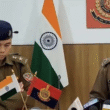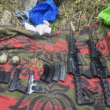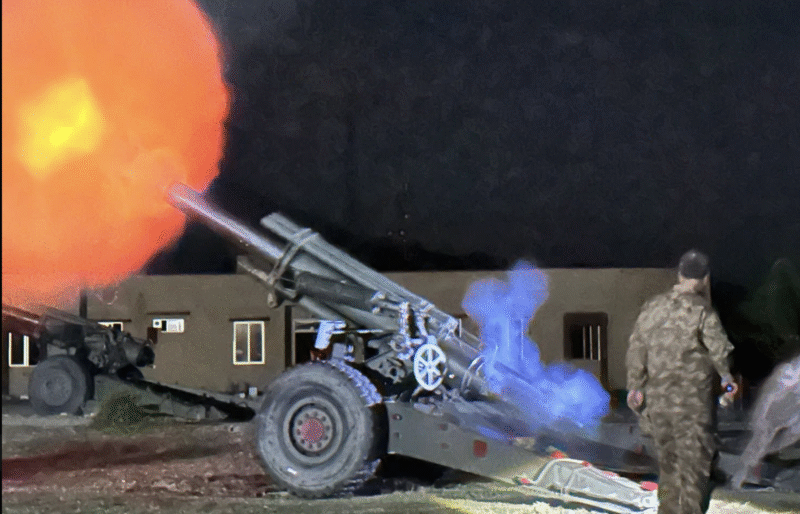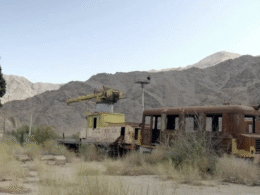The latest escalation along the Pakistan–Afghanistan border marks one of the deadliest clashes in years — combining ground assaults, cross-border artillery duels, and airstrikes that targeted a high-value militant leader. The violence has shattered any illusion of controlled skirmishes, exposing the fragility of trust between Islamabad and Kabul and sharpening the stakes of regional security.
The Airstrikes That Changed the Game
Pakistan reportedly carried out air and drone strikes inside Afghanistan, including in Kabul and Paktika provinces, targeting Noor Wali Mehsud, the leader of Tehrik-e-Taliban Pakistan (TTP). Two senior TTP members were confirmed killed in these strikes, though whether Mehsud himself was hit remains unverified. Some messages attributed to Mehsud later claimed he survived.
Local sources said one strike hit near Kabul’s Abdulhaq Square, with others striking shops and a weapons market in Paktika — a sign of how far Pakistan was willing to go inside Afghan territory. These airstrikes appear to have been triggered by a surge in TTP attacks inside Pakistan, signaling Islamabad’s shift toward a more punitive strategy targeting militant leadership in cross-border sanctuaries.
Ground Clashes & Heavy Toll
In the ensuing border fighting, both sides reported heavy casualties. Pakistan’s military stated that 23 soldiers were killedand 29 wounded. Taliban sources contested the figure, claiming 58 Pakistani soldiers were killed in retaliatory operations. Pakistan, in turn, said it had killed over 200 Taliban and affiliated fighters during the clashes.
The battles reportedly included artillery exchanges near the Chaman and Spin Boldak crossings. Afghan forces were said to have briefly captured several Pakistani border posts before Islamabad pushed back with reinforcements and air support. Both sides confirmed that major crossings were shut, disrupting trade and heightening humanitarian distress in nearby settlements.
While casualty figures vary widely — and independent verification remains difficult — the scale of death and destruction points to a level of confrontation not seen since the Taliban’s takeover of Afghanistan in 2021.
Underlying Causes & Strategic Stakes
- TTP Safe Havens in Afghanistan
Pakistan accuses the Afghan Taliban of harboring TTP militants who launch attacks inside Pakistan. The strikes signal Islamabad’s growing impatience with Kabul’s inability—or unwillingness—to rein in these fighters. - Breakdown of Deterrence
The use of airstrikes indicates that Pakistan no longer sees limited border responses as effective. By striking deep into Afghanistan, Islamabad is asserting a doctrine of pre-emptive defense against perceived threats. - Taliban Balancing Acts
The Afghan Taliban face a dilemma—balancing internal legitimacy with the need to avoid alienating Pakistan. Their response has been both military and rhetorical, reflecting an embattled regime struggling to manage external pressure and internal factions. - Risk of Escalation
With drones and fighter aircraft crossing borders, the potential for miscalculation is high. Both sides are under domestic pressure to project strength, making de-escalation difficult.
Caveats & Open Questions
- Casualty claims from both sides remain unverifiable.
- The fate of Noor Wali Mehsud is unclear; while targeted, his death has not been confirmed.
- Civilian casualties and displacement are likely but unreported due to restricted access to conflict zones.
- Mechanisms for conflict prevention or communication between the two sides remain absent.
Conclusion
The crossing of thresholds — from sporadic border fire to deep cross-border airstrikes — signals a dangerous new phase in Pakistan–Afghanistan relations. What was once episodic tension has now escalated into near-open warfare, threatening regional stability and testing the Taliban’s claim to control.
As international mediators scramble to defuse the situation, the priority must be re-establishing credible communication channels and preventing further escalation before a single incident ignites a broader conflict across South and Central Asia.











